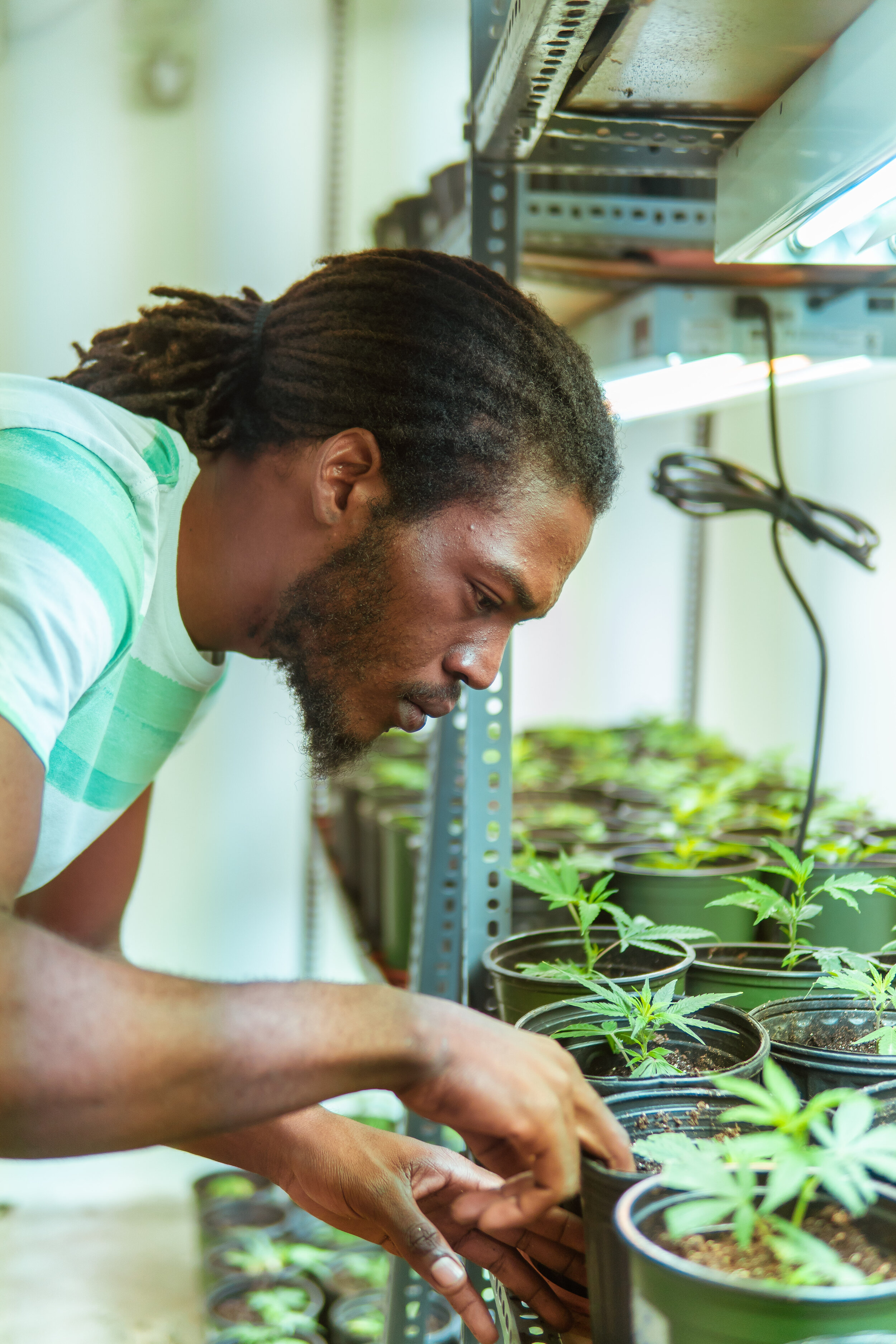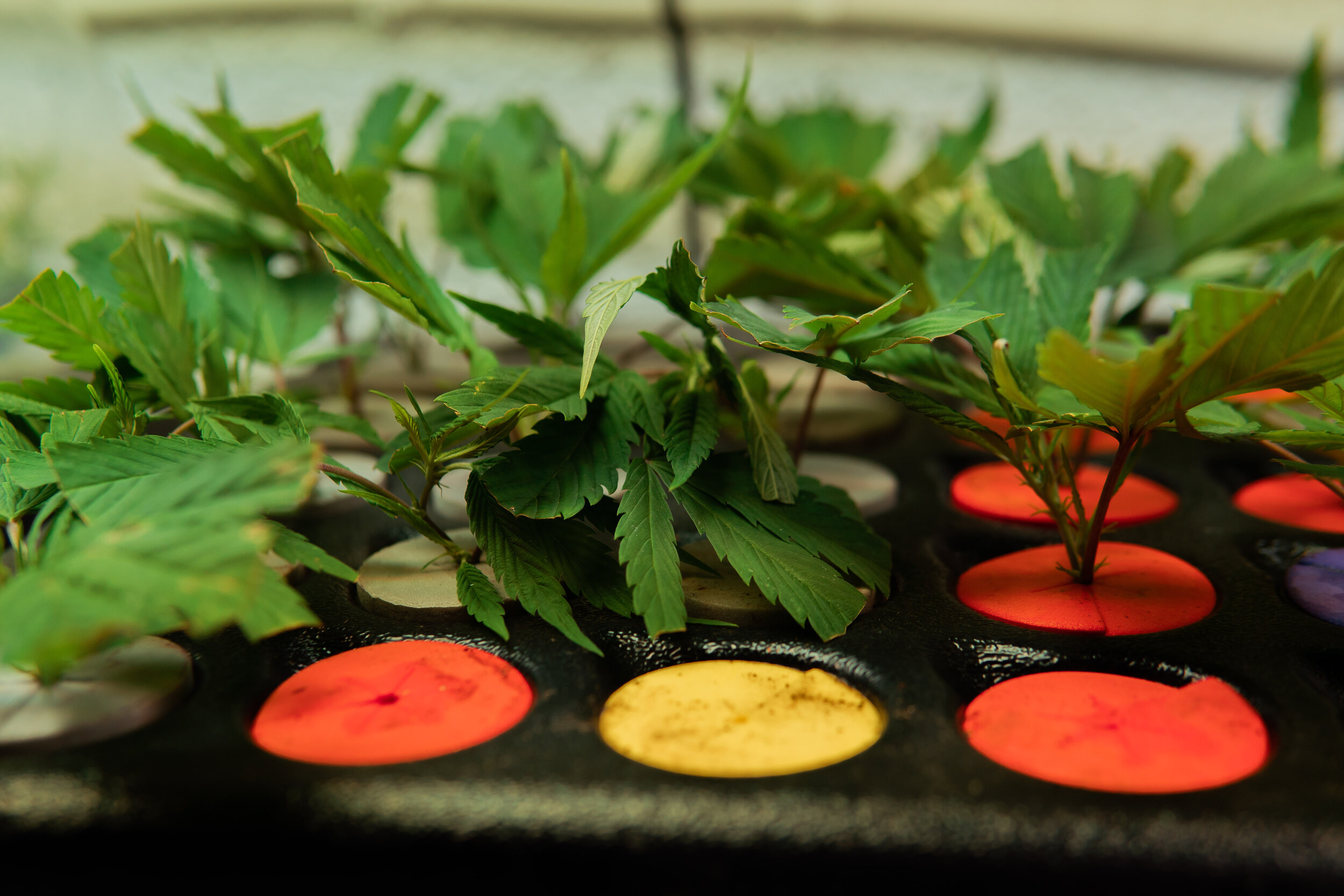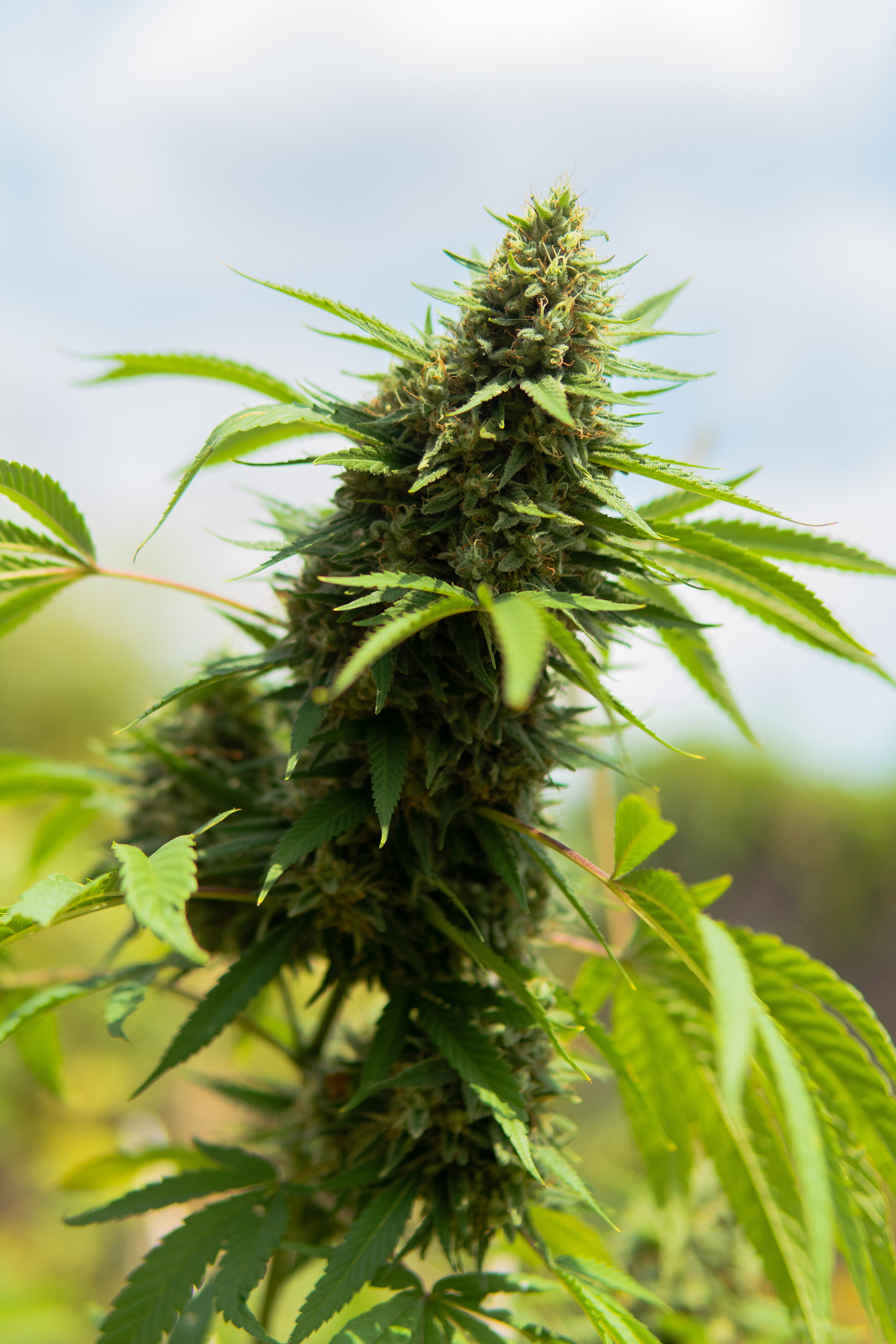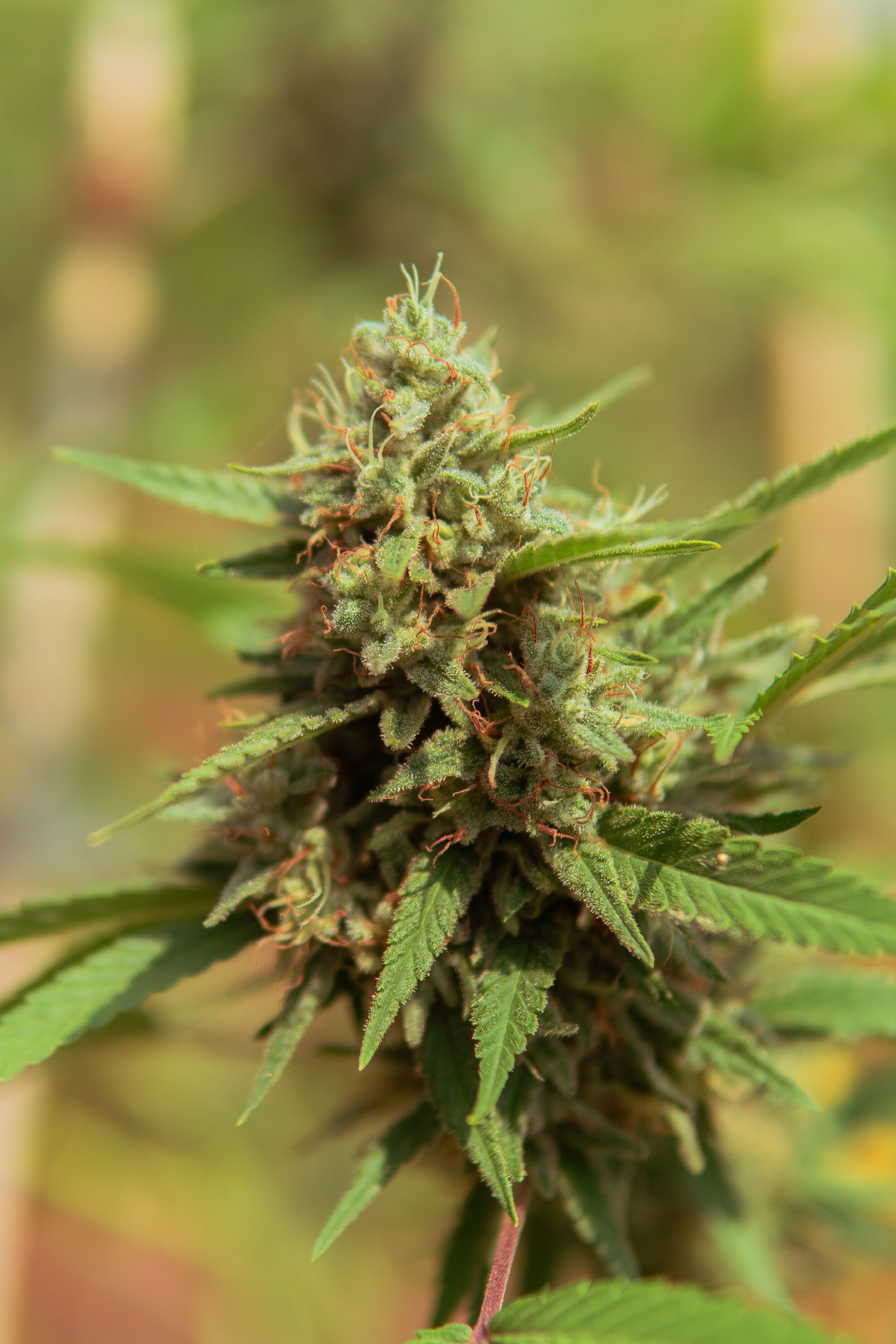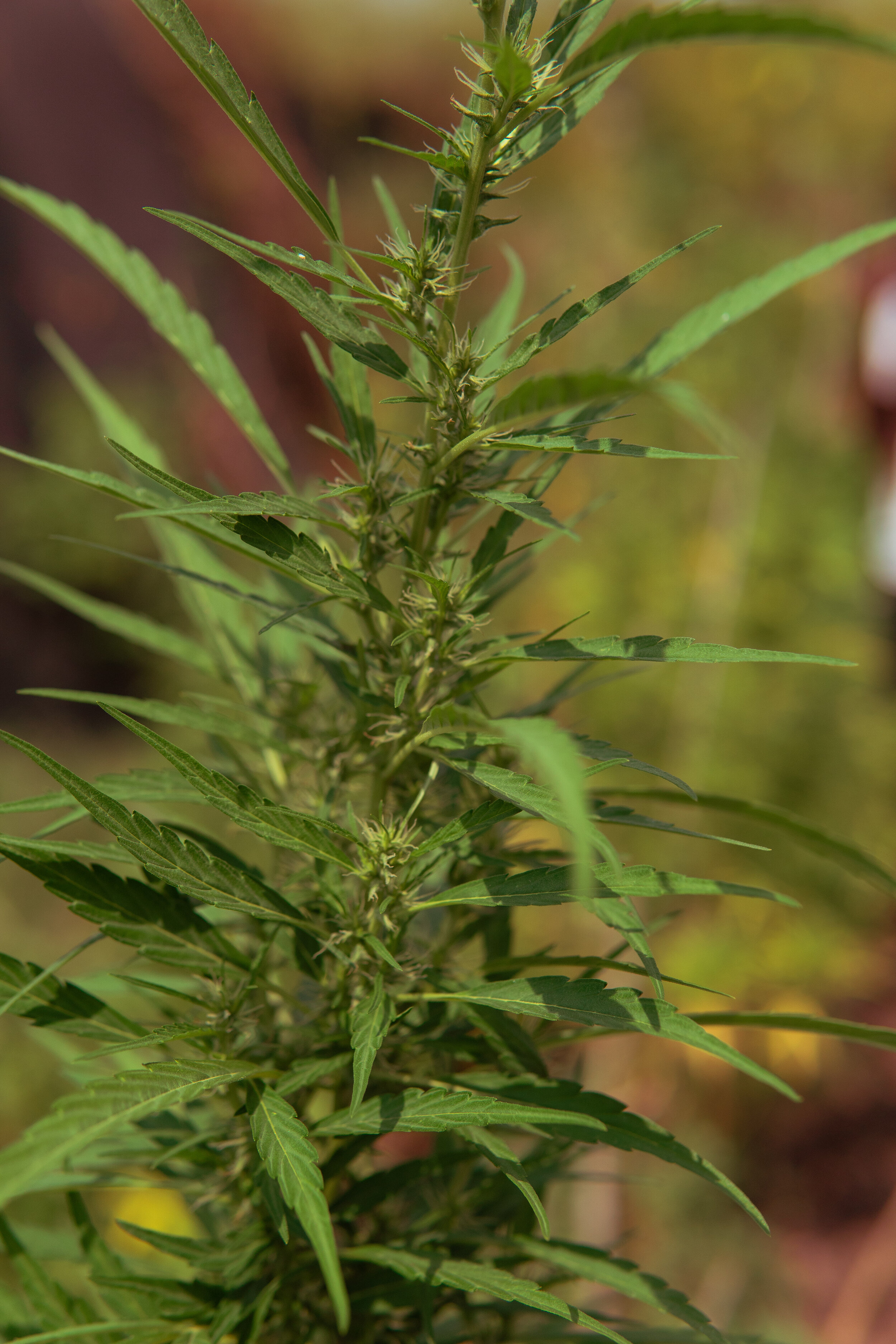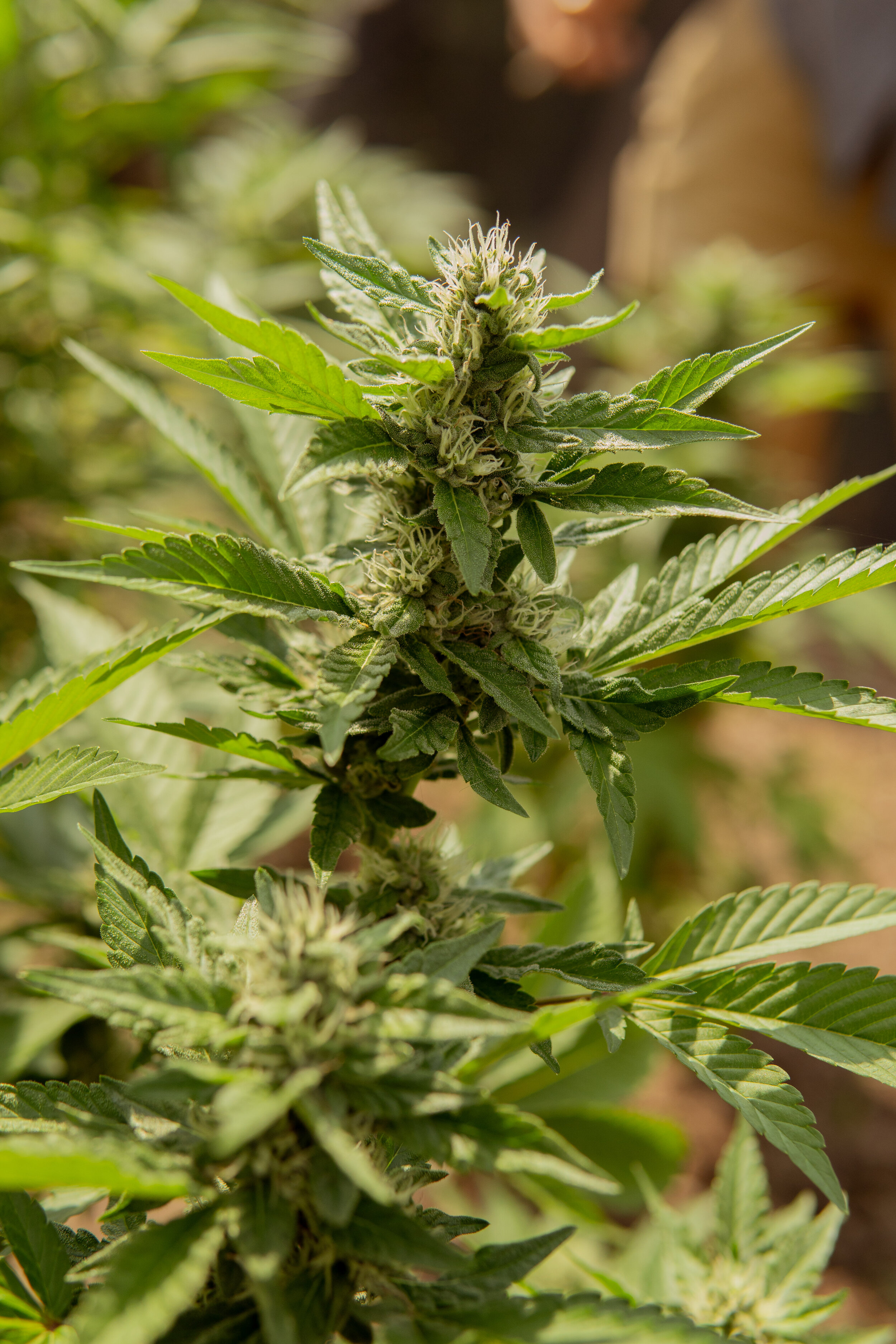A Day on a Marijuana Farm in Jamaica with the Life Science Cannabis Research Group
“Seh you waa know herb, you waa know ganja”, well journey with us,
...as we explore the good Collie Herb from a research and quality assurance perspective. We got some insight from experts Dr. Machel Emanuel, a Cannabis Researcher/ Horticulturist and student, Valrick Henry from the Life Science Cannabis Research Group at the University of the West Indies, Mona Campus.
Alright, here’s a little background.
Marijuana, Cannabis sativa has popularly been categorised into two subspecies sativa and indica.
Sativa
Indica
Dr. Machel Emanuel
featuring a Himalyan wild type plant specimen.
The species Cannabis sativa is believed to be endemic to the Himalayan region of Asia.
With man’s colonization of the world, the plant has been used for medicine, fibre, nutrition and/or sacrament. Natural selection and human intervention played critical roles in the globalization of the herb. As a result, it has been grown in a range of climates, environmental conditions and geographic locations producing landrace heirloom cultivars within the two primary categories: indica and sativa. Marijunana enthusiast have cross pollinated the two subspecies providing a limitless variety of hybrid cultivars.
Student Valrick Henry measuring and recording the growing rate of clone plant roots versus original plant roots
PROPAGATION
Cloning is the act of producing identical genetic plants from a seedling plant. Simply, you take cuttings of a plant propagated by seed and allowed to vegetate. Valrick made it easy to distinguish between clones and seedlings. He said, “clones have lateral branching, adventitious rooting system, and alternate branching while seedlings however, emerge from a tap root system with no lateral branching, a pair of cotyledon leaves, and typically have opposite branching.” One notable benefit of cloning is the ability to replicate the same psycho-active capabilities every time so a consumer can predict the euphoria every time.
Original Seedling (left); Clone (right)
Clones are easier to manipulate the growth form of the plant as it develops to produce a more commercially viable yield within a shorter pace of time compared to a seedling.
Cuttings placed in an Aeroponic Cloning Machine for root initiation
Now let’s dive into the cultivation process of cannabis. There are four basic steps that experts use to complete the process
Propagation. Essentially, this is where seeds are germinated or cuttings are allowed to initiate roots for clone development. Young plants are conditioned for production of leaves and branches in the vegetative stage.
A step in Asexual Propagation using peat pellets as the cloning substrate.
Vegetative growth. This is the growing stage of rapid biomass production before the sexual characteristics of the plant are displayed. A key thing to note is that a high intensity of sunlight is necessary for photosynthesis. The hours of sunlight the plant receives during this stage will determine whether the plant will flower prematurely or vegetate to provide a substantial yield. A photoperiod of 18/6 is highly recommended.
Flowering. As the plant is exposed to balanced hours of sunlight and darkness 12/12, the flowering cycle is induced. Here, in Jamaica our natural photo-period is 12/12, conducive for the flowering cycle. As the plants mature sexually and the white pistils of female plants become visible, fertilisation can occur once there is contact with a male or hermaphrodite pollen, which then produces seeds. A cultivator typically aims for seedless buds which allows the flower to develop a high concentration of sugar-like crystals, called trichomes. These trichomes produce the therapeutic and medical value, terpenes for the smell, flavonoids for flavor and cannabinoids for the psycho-active capabilities. The combination of these classes of compounds is responsible for that euphoric marijuana experience.
Here’s some shots of flowering marijuana plants in full bloom
Hybrid cultivar developed by the Life Science Cannabis Research Group
Post Harvest and Storage. Once the trichome glands mature and female pistils deteriorate with age, the plant is ready for harvesting. Here, the plants are dried under stable conditions, devoid of light to a consistency of 5-10% moisture. At this stage every attempt is made to preserve the integrity trichome glands. Quality assurance is key here to sustain the smell, look and consistency of the euphoria when the cured flower is consumed.
Cured marijuana buds ground up, being placed in rolling paper about to be consumed.
THE GREENHOUSE
There are several things we love about herb - the aroma, taste and most importantly, the ‘high’. Popular aromas are: fruity, citrus, gassy, earthy, skunky, spicy and sweet, to name a few. The bud structure is one thing herbalists pay special attention to, a lie?
Difference in bud structure of two sexually mature flowering plants
Many consumers of ganja prefer denser, well trimmed buds that retain the colour and smell of the freshly unharvested bud. Cannabis thrives under various climatic and environmental conditions. With that, greenhouses can manipulate the conditions needed to suit a specific strain, whereas outdoor cultivation doesn't allow that level of control.
THE FARM
A very crucial element. Here, the maturation and care of the plant are key responsibilities. Machel mentions how committed a cultivator needs to be to meeting all the required biotic (living) and abiotic (non-living) needs of the plant throughout its life cycle. It is also very important for horticulturalists to maintain an ecological balance with other elements like pests, fungi and bacteria.
Dr. Machel’s final comments were: “With the advent of legal cannabis available to the populace, more onus is on the cultivator to ensure proper environmental stewardship is practiced, putting public health and safety at the forefront of administering cannabis as a commodity.” He also encourages consumers to question the checks and balances of marijuana so they can be sure it was grown to moral and ethical standards and is fit for consumption. So you hear? Mek sure you nah smoke nuh bush weed!
So whether you’re vaping, dabbing, steaming or rolling & smoking this 4/20, now you know a little more about the herb we all love so much.









